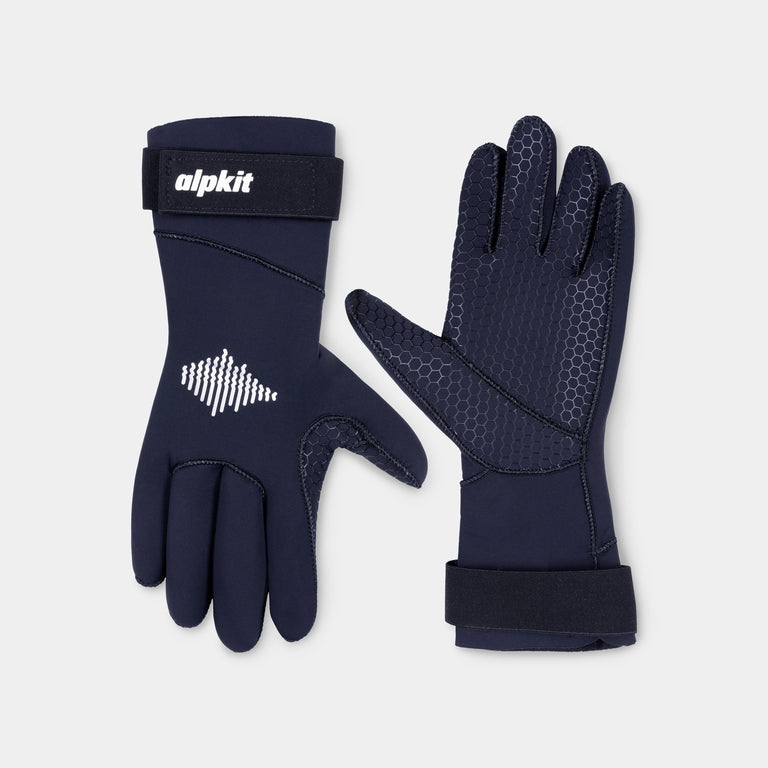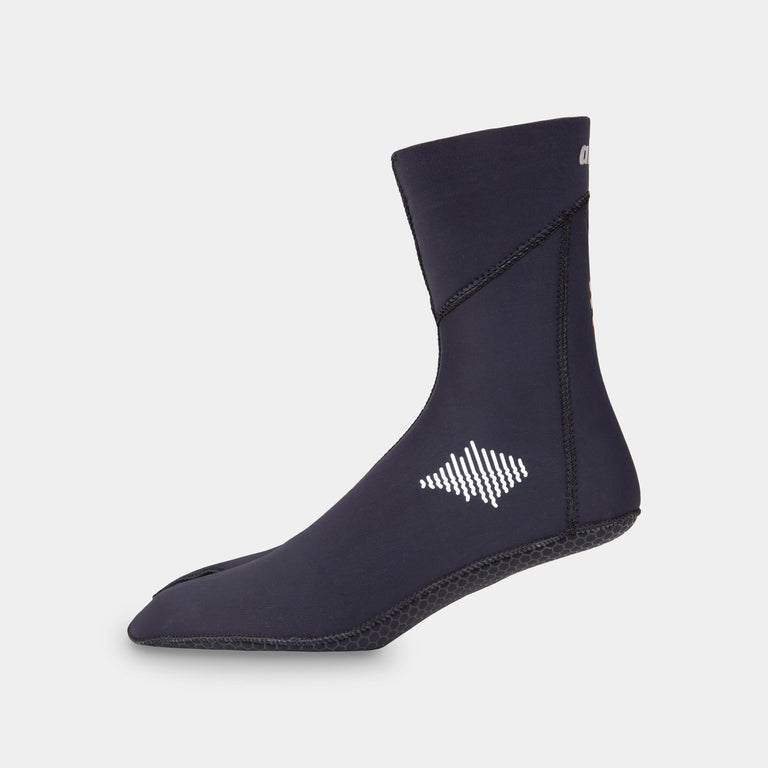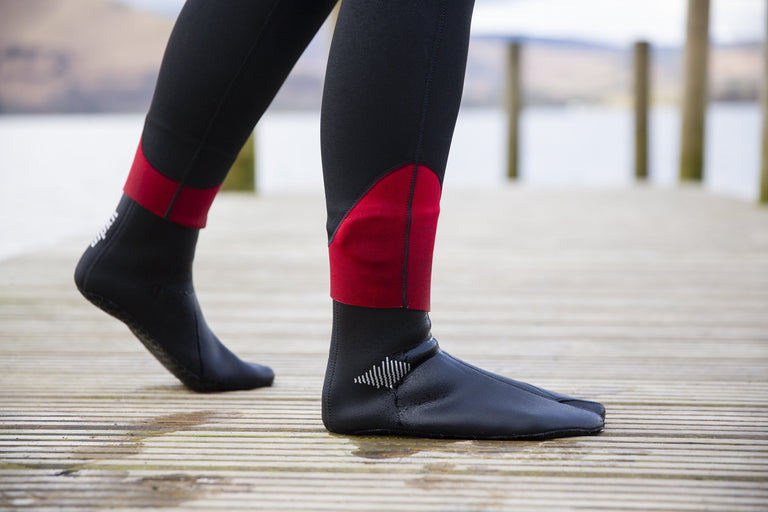
Inflatable canoes are portable, packable and ready for water. Learn what makes them ideal for touring lakes and rivers.
Inflatable canoes offer portability and convenience providing an alternative to traditional heavier, larger, rigid canoes. Providing ease of transport, quick setup, great handling on the water and a low footprint in storage, inflatable canoes deliver a practical and fun solution to your water based travels.
In this guide we will help you understand the important things to look for when buying an inflatable canoe for river or lake touring. Whether you will be messing around on the river, island hopping, full day trips to overnight camping trips, with just a few pumps, these portable River Ninjas can be deployed anywhere there's water and a dream.
What is the difference between a canoe and a kayak?
Generally speaking canoes are open topped boats and kayaks are closed topped boats. Canoes tent to be wider and more stable than a kayak and you will sit higher up, in a more regular seated position. Another difference is the type of paddle you will use. Kayaks use a twin bladed paddle and a canoe uses a single bladed paddle. Overlap does exists and you can find sit-on kayaks which are more like paddleboards shaped specially for paddling sat down.
The advantages of a inflatable canoe
-
Portability and Convenience
Inflatable canoes are incredibly lightweight and portable compared to traditional rigid canoes. They fit in a bag and can be carried on your back, in a bike trailer and of course stashed in (not on) your car. This allows you to take them to your favourite river or lake without being limited by transport constraints. -
Ease of Storage and Setup
Inflatable canoes can be deflated to pack down into their compact carrying case. This makes them much more convenient to store and set up compared to bulky hardshell canoes. If you live in a house without a garage, or even an apartment you will have space to store an inflatable canoe.
An inflatable canoe eliminates the limitations and logistical hassles of traditional rigid canoe designs, giving you a fresh sense of freedom that comes with their versatility.

How are inflatable canoes so stiff and solid?
Just like inflatable stand-up paddle boards, you could be fooled into thinking the latest generation of inflatable canoes are solid. Give one a tap and you will hear a reassuring drum tight sound reverberate back at you.
This stiffness ensures that the canoe maintains its shape on the water, crucial for precise handling and efficient paddling.
The secret is in the construction of the air chambers, which unlike your beach dinghy are not hollow. In fact the construction is more like your self inflating sleeping mat, but instead of open cell foam, it uses a technique called drop stitching. Thousands of thin threads connect the top and bottom layers providing a reinforcing structure when the chambers are inflated to a high pressure.
This design makes the canoe incredibly strong and stiff while at the same time light and easy to handle.
Inflatable canoes are great for river touring and camping trips
With their large storage capacity and high stability canoes are ideal for river tours that include camping stop overs. Add in the convenience of the portability an inflatable canoe brings and you have a stellar combination.
The shape of your canoe is important to ensure directional stability and paddling efficiency. A longer, thinner canoe will cut through the water easier and resist the turning motion you create as you paddle.
How to keep your kit dry when canoeing
River touring canoes have a pointy nose and straighter sides than general purpose inflatables. This helps prevent water splashing inside your boat, but unlike kayaks which have a closed cockpit, canoes have an open top. This makes it is easier for you to get in and out, but also means there is less protection from splashing paddles or choppy water.
It is always a good idea to stash your kit in waterproof drybags and attach them to your canoe. This is especially important if your river touring is going to take on fast moving rapids.

Seating
Inflatable canoes are available in a range of sizes from 1 to 3 people. It is always best to choose the canoe designed for the number of people you intend to paddle with. This will ensure weight is optimally distributed around the canoe for better handling.
You might need more flexibility than this. If you do most of your canoeing alone or with a partner and occasionally have to make space for a third passenger, or a dry bag full of camping kit most canoes give you the option of adjusting the seating position to optimise handling depending on how you have distributed weight around the canoe.
Seating arrangements are, as rigid canoes, one in front of the other. The back seat is normally where the most experienced paddler sits, providing the most power and steering control.
The design of the seat has an impact on control of the boat. Most 'high performance' canoes, especially those designed for whitewater require you to kneel in the boat with a retaining strap system. This gives you the best control over the movement of the boat. The power generated from pulling on the paddle can be transferred through your body, down through your hips and directly into the boat. If you have ever watched canoe slalom in the olympics this is how they change direction so quickly, and roll up if they capsize.
For more sedate river and lake touring, a seat you sit on is more than adequate. You will want one that is comfortable for all day paddling, this can be aided with a back rest which also promotes a more upright paddling position.
Of course there is also the floor. The high sides of a river touring canoe are great for keeping your kids, kit or dog retained as you keep an eye on them.
The advantages of transporting an inflatable canoe
Although drop-stitched inflatable canoes are very stiff, you should not drive with them on your roof. Deflate it, pop it back in its bag and shut it safely away in your boot. They pack away incredibly compactly so you don't need to worry about fitting roof bars on your car or van.

How to inflate an inflatable canoe
Thanks to high capacity pumps this should be a quick and easy 10 minute job. Inflatable canoes have a number of separate chambers, commonly the floor and two sides. Inflate one, close the valve and move on to the other. Thanks to one way valves detaching the pump will not leave you with a face full of air. Simply pull the hose out and screw on the cap in your own time.
Never forget your pump, we recommend tethering it to your canoes storage bag.
What type of paddles do canoeists use?
Traditionally canoes use a long, single bladed paddle. These have a handle or are rounded at one end for you to grip with your hand. Your other hand grabs the paddle shaft and you pull yourself through the water, using a twisting action to steer your canoe at the end of the paddle stroke.
Depending on the style of the canoe you can also use twin bladed paddles. The trick here is to make sure they are long enough to reach out over the sides of the canoe.

What length of canoe paddle do you need?
Thankfully canoe paddles are adjustable, so whether you are 5ft or 6ft, left handed or right handed you will be able to find your perfect set up. Of course as you progress along the path of the paddle we heartedly recommend carving your own paddle.
The length of your paddle will be determined by your height, or more specifically the relationship of your height and ape-index.
A good starting point is that the length of the paddle should come up to your chin when you are standing.
Try this, then fine tune. When you are in the canoe with your arm stretched our horizontally the paddle blade should be just covered by the water.
As you get drawn down this rabbit hole you can play around with blade length, width and feathering.
Should you carry a spare paddle?
Unlike your mobile phone, canoe paddles are designed to float. As long as you are in still water a paddle overboard isn't going to be a big problem and you can easily retrieve it. If however you are on moving water, or out at sea the consequences of losing a paddle are far more serious. Stashing a spare paddle securely to your canoe can be a prudent move.
Can you repair inflatable canoes?
Thinking about the lifetime serviceability of your canoe is important. Inflatable canoes come with repair patches that can be used to fix small holes.
There are 2 kinds of repair kits commonly used for repairing inflatables. The most appropriate for light PVC and TPU based inflatables are PVC based repair kits. The second, hyperlon kits are more suited to neoprene based materials.
We also sell spare repair kits for inflatables should you need extra cover.

Personal floatation devices
Also known as buoyancy aids, PFD's and life jackets, these foam vests help you float if you fall in the water. They are an essential safety aid for any canoeing adventure. Additional benefits include extra warmth and pockets to stash essentials. Choose one that is rated for your body weight.
Do you need a buoyancy aid or life jacket for canoeing?
The biggest difference between a life jacket and a canoeing buoyancy aid is that a buoyancy aid is designed for unrestricted paddling action. A life jacket prioritises visibility, floatation and keeping your head above the water.
Children and anyone who can not swim are advised to wear a life jacket.
Enjoy your canoeing adventures
We hope this article has helped you decide if an inflatable canoe is suited to your river and lake adventures.



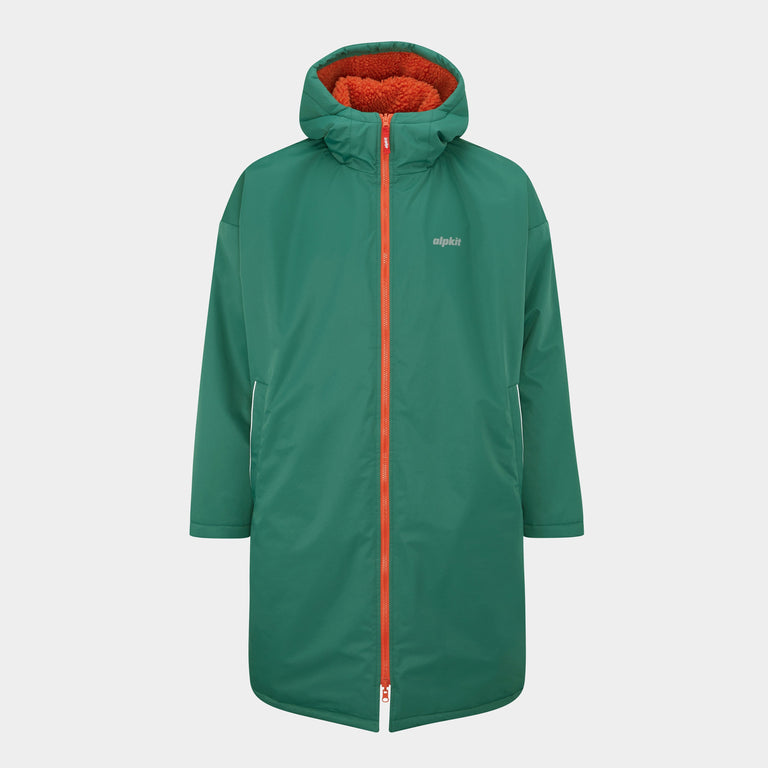
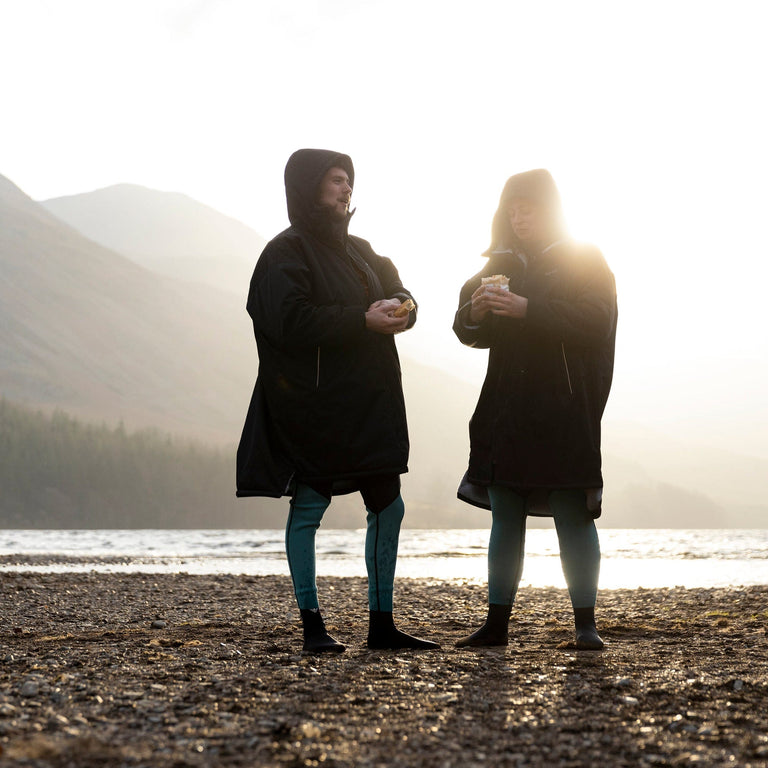
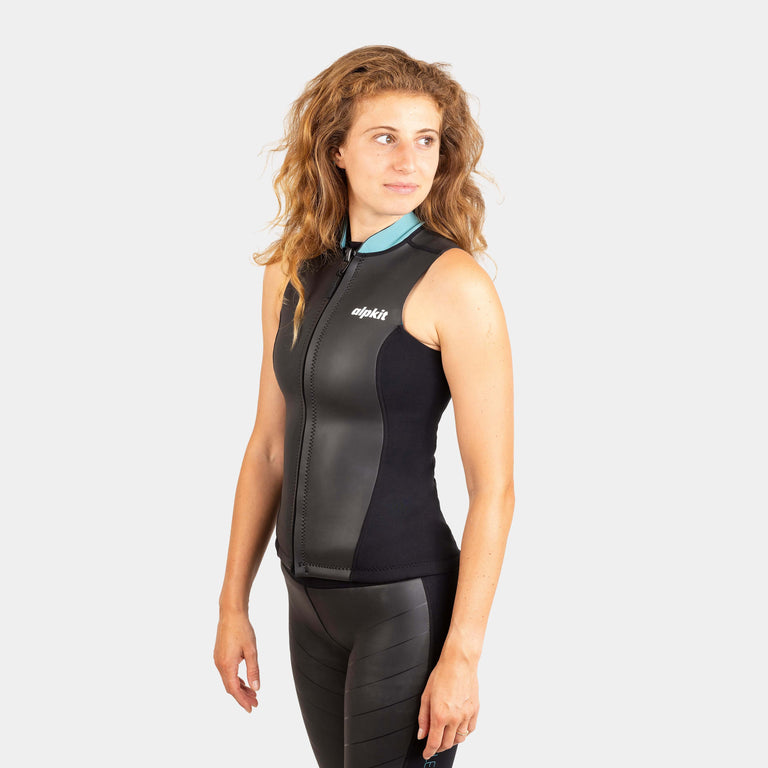
![Element Wetsuit Vest [Womens]](http://eu.alpkit.com/cdn/shop/products/element-womens-vest-shorts-ecom-1_1528bae7-f3c8-4428-8269-460923ac64da.jpg?v=1702894771&width=768)
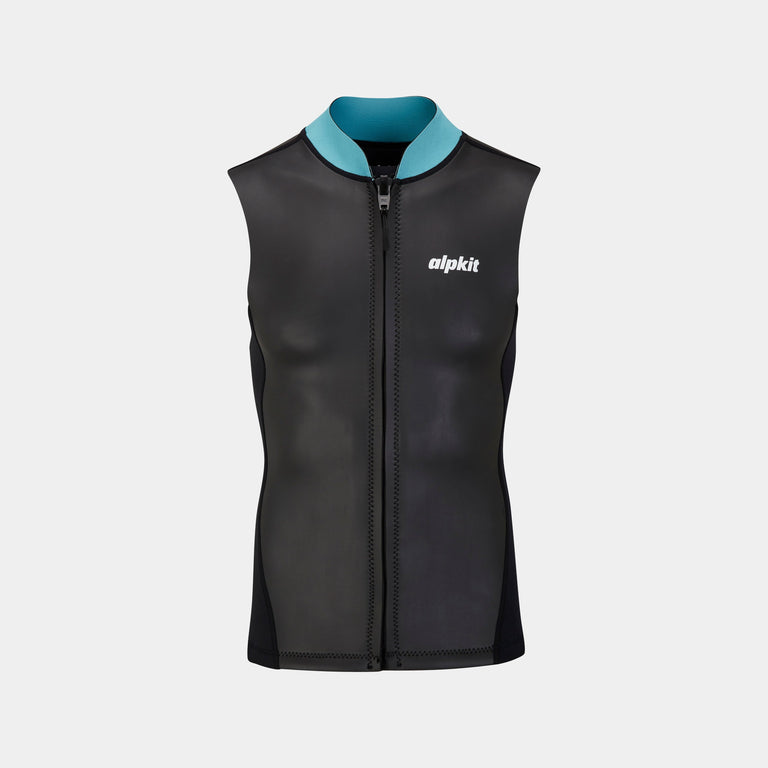
![Element Wetsuit Vest [Mens]](http://eu.alpkit.com/cdn/shop/products/element-mens-vest-shorts-ecom-2_bed513c4-b564-4446-856d-d889f90f885e.jpg?v=1702909396&width=768)

![Element Wetsuit Jacket [Womens]](http://eu.alpkit.com/cdn/shop/products/element-womens-jacket-pants-ecom-2.jpg?v=1702651976&width=768)
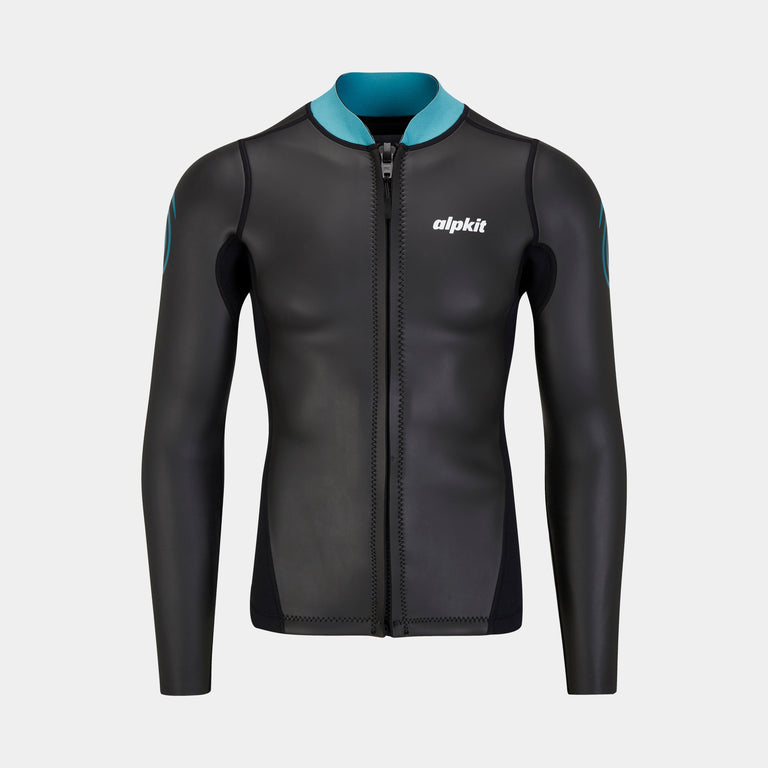
![Element Wetsuit Jacket [Mens]](http://eu.alpkit.com/cdn/shop/products/element-mens-jacket-pants-ecom-2_20228afb-4b26-41de-8747-726b26edded5.jpg?v=1699443321&width=768)
![Element Wetsuit Shorts [Womens]](http://eu.alpkit.com/cdn/shop/products/womens-element-shorts.jpg?v=1702654051&width=768)
![Element Wetsuit Shorts [Womens]](http://eu.alpkit.com/cdn/shop/products/element-womens-vest-shorts-ecom-1.jpg?v=1702654051&width=768)
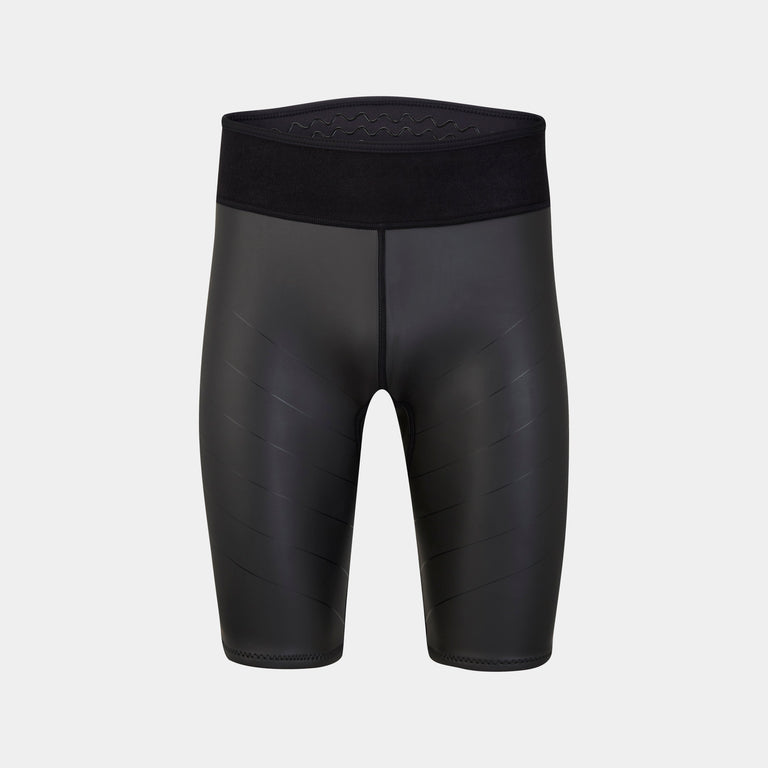
![Element Wetsuit Shorts [Mens]](http://eu.alpkit.com/cdn/shop/products/element-mens-vest-shorts-ecom-2.jpg?v=1702916294&width=768)
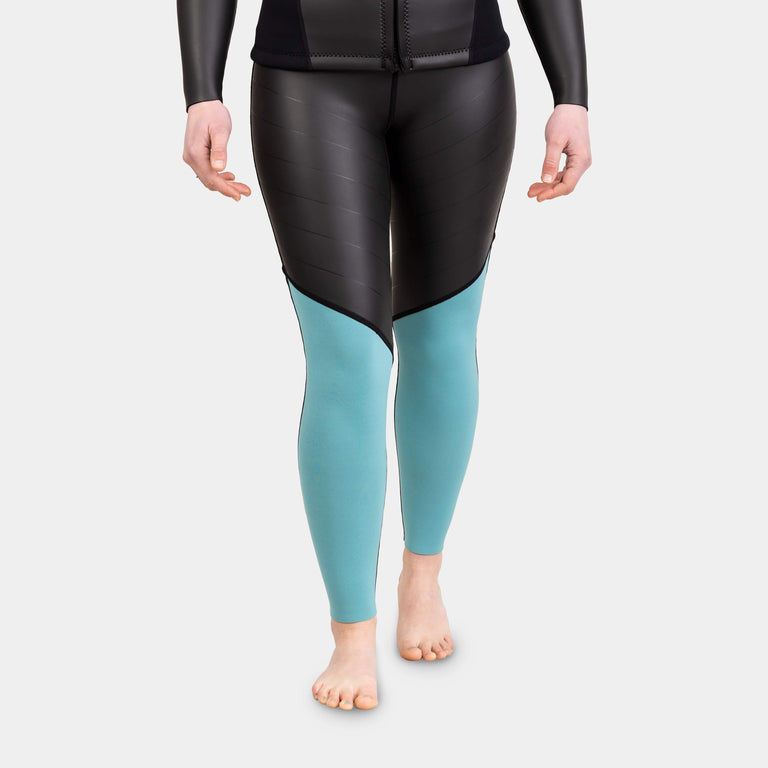
![Element Wetsuit Pants [Womens]](http://eu.alpkit.com/cdn/shop/products/element-womens-jacket-pants-ecom-2_255d3f4a-410d-4d32-a657-6d9bab5b0d2d.jpg?v=1702651971&width=768)
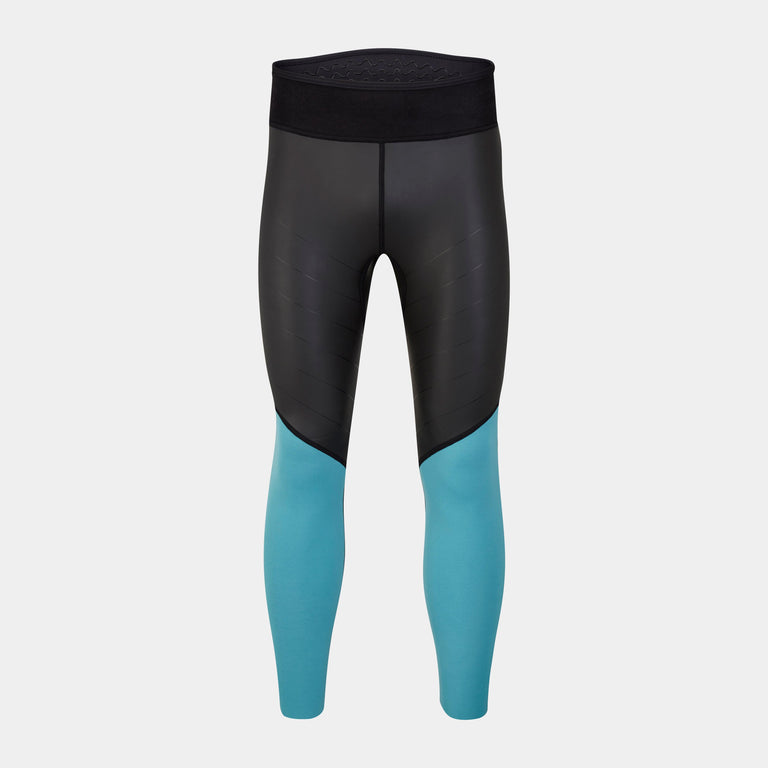
![Element Wetsuit Pants [Mens]](http://eu.alpkit.com/cdn/shop/products/element-mens-jacket-pants-ecom-2_c06af369-dc75-44f8-9ccb-f65f3737c4aa.jpg?v=1699443392&width=768)
